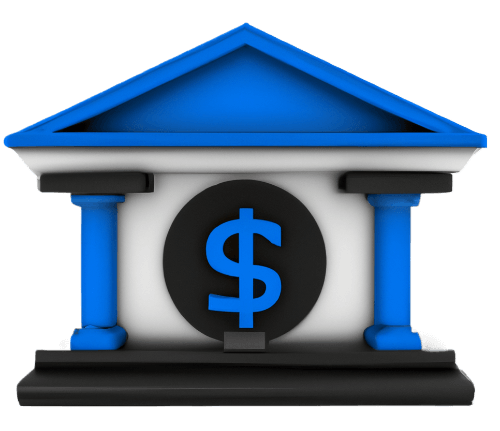Minimum Price
A minimum market price is the lowest price at which a good or service can be traded due to state regulation. In other words, by law, it is not permitted to sell the good at a price lower than the established one.
Minimum Price Graph
In the graph, the equilibrium price is 50 and the quantity is 1000, but when the state, through regulation, imposes a minimum price of 70, the quantity demanded at this new price is 600, and the quantity supplied is 1400, resulting in an excess supply or surplus of 800.
The surplus is generated because those consumers who were willing and able to purchase the good at a price lower than 70 now leave the market or buy a smaller quantity of the good. On the other hand, since the regulated minimum price is higher than the equilibrium price, the quantity supplied increases. At equilibrium, it was 1000, and now it is 1400. This is because the price increase caused by the regulation allows suppliers to enter the market with a higher cost structure. In other words, those businesses that could not supply the good at a price of 50 can now do so when the price rises to 70, or existing businesses are also incentivized to increase their supply.
In this case, suppliers who are able to sell at this higher price benefit by appealing to tactics other than market competition, such as personal interests. The opposite happens to buyers: some are left without the good or service, and those who remain must pay a higher price, which does not happen at the equilibrium price. Sellers may not be fully satisfied with the price they receive for the good, but at this price, the market clears, meaning they can sell as much as they want.
Minimum Price Below the Equilibrium Price
If a minimum price is set, but it is below the market equilibrium, it has no impact or is non-binding. As shown in the graph, if a minimum price of 30 is established by regulation, the quantity demanded would be 1,400 and the quantity supplied would be 600. Since the minimum price does not prevent suppliers from raising the price or consumers willing to pay more from doing so, the market price would increase without issue until reaching the equilibrium price. In this example, it would be 50, where the equilibrium quantity is 1,000 units.
